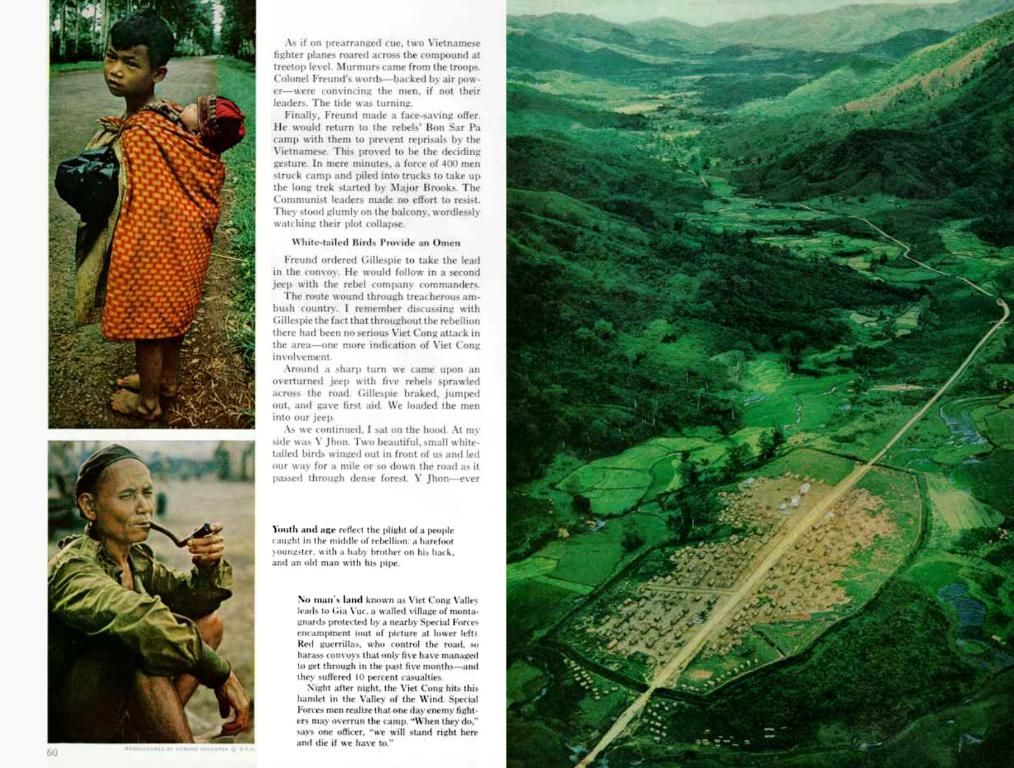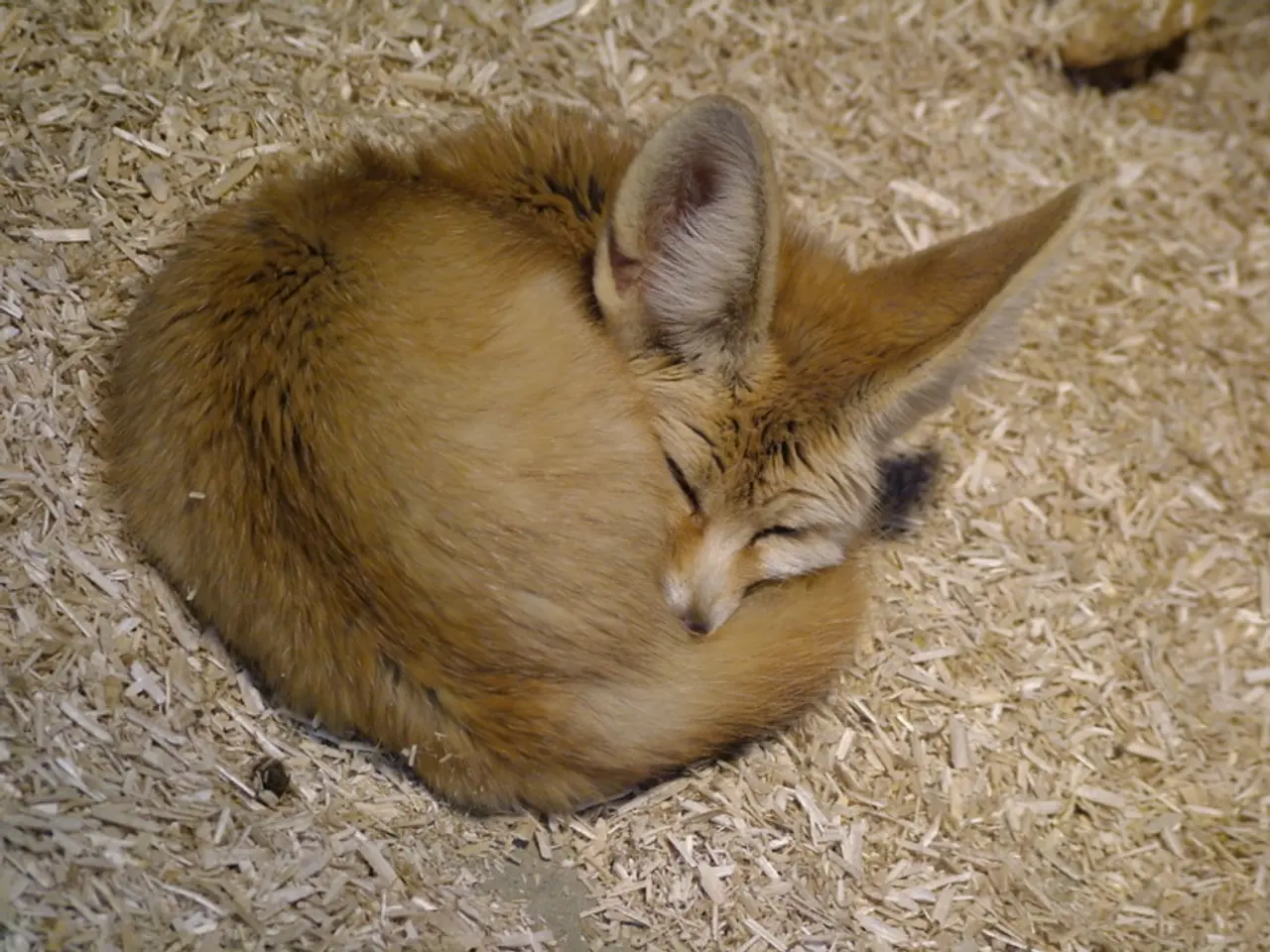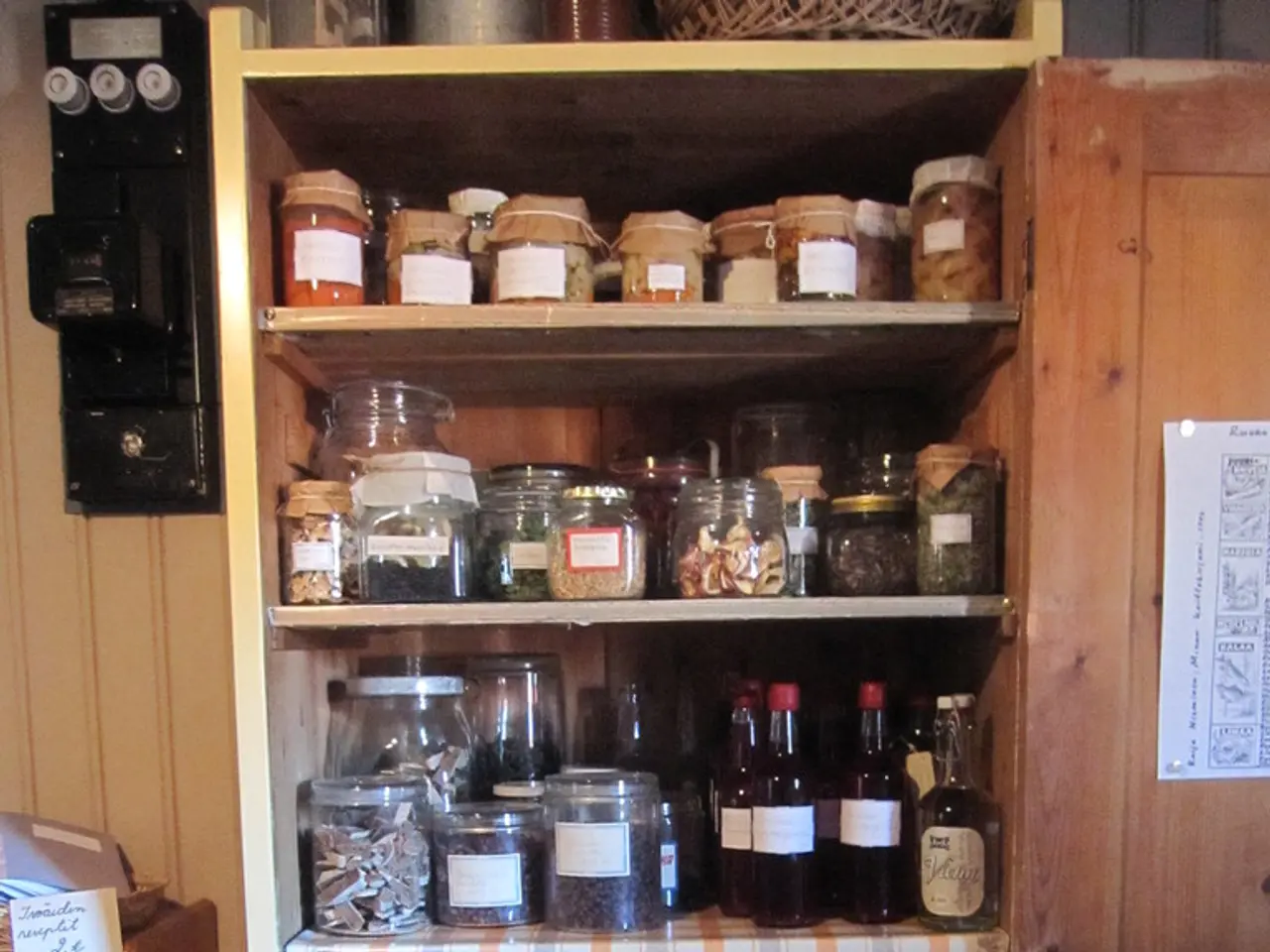Exploring Various Categories of Food Containers and Their Functions
Food packaging in the realm of culinary delights is vast and intricate, ranging from the simple paper bag to the complex containers designed to preserve freshness and extend shelf life. With the escalating demand for convenience, sustainability, and safety, manufacturers have devised various packaging types that each play a unique role. Here's a rundown of some common types of food packaging and their distinctive features.
Flexible Packaging
Flexible packaging encompasses materials like plastic, foil, and paper, fashioned into pouches, bags, and wraps. Known for its versatility and cost-effectiveness, flexible packaging is lightweight and requires fewer materials, thus cutting down on transportation costs and environmental impact. Common examples include resealable snack bags, vacuum-sealed meat pouches, and laminated foil coffee bags.
Rigid Packaging
Rigid packaging is the antithesis of flexible packaging, characterized by its robustness and form. Materials such as glass, hard plastics, and metals are typically used for this type of packaging, often found in products like yogurt pots, beverage bottles, and canned goods. Rigid packaging excels at protecting contents by safeguarding them against external factors like physical damage, moisture, and contaminants. It also incorporates tamper-evident and resealable features, providing additional security and convenience for consumers.
Active and Intelligent Packaging
On the cutting edge of packaging technology, active and intelligent packaging harnesses materials that interact with food to prolong shelf life or improve safety. Active packaging may consist of oxygen absorbers and ethylene scavengers to maintain product freshness. Meanwhile, intelligent packaging utilizes sensors and indicators to provide real-time information on the condition of the food. Examples include time-temperature indicators, freshness indicators, and even RFID tags that aid in tracking and managing food inventory.
Eco-Friendly Packaging
The spotlight on environmental sustainability has led to significant innovations in eco-friendly packaging. This category includes biodegradable, compostable, and recyclable materials designed to minimize environmental impact. Examples include biodegradable plastic from plant-based materials, paper products certified by sustainability bodies, and reusable containers. Not only do these packaging solutions reduce waste, but they also cater to eco-conscious consumers seeking sustainable alternatives.
Modified Atmosphere Packaging (MAP)
Modified Atmosphere Packaging (MAP) is an advanced technique used to extend the shelf life of perishable goods. This process involves adjusting the atmosphere inside the packaging to slow down the food's degradation process. The modified atmosphere usually consists of a different gas combination, such as reduced oxygen levels and increased carbon dioxide and nitrogen levels. This method is frequently employed for packaging fresh meats, dairy products, and ready-to-eat meals.
Aseptic Packaging
Aseptic packaging is designed to safeguard food products from microbial contamination. This type of packaging entails filling a sterilized container with sterile products in a sterile environment. Aseptic packaging is commonly used for products that can be stored at room temperature without refrigeration, such as UHT milk, fruit juices, and soup. This preserves food quality and significantly extends the shelf life of the product without relying on preservatives.
In conclusion, food packaging plays a paramount role in ensuring the safety, quality, and convenience of food products. From flexible bags to high-tech active packaging, each type offers distinct advantages. By understanding the different types of food packaging, consumers and businesses can make more informed decisions about their food purchases and storage solutions that align with their needs and sustainability goals. As technology continues to progress, the future of food packaging promises further innovation aimed at enhancing food preservation and reducing environmental impact.
Food-and-drink lifestyle can greatly benefit from a variety of innovative packaging solutions, ranging from flexible packaging for convenience and cost-effectiveness, such as resealable snack bags and laminated foil coffee bags, to rigid packaging that provides superior protection for products, like yogurt pots and beverage bottles. Home-and-garden enthusiasts can also make eco-friendly choices by opting for biodegradable, compostable, or recyclable materials for their food packaging needs, aligning with their sustainability goals.




